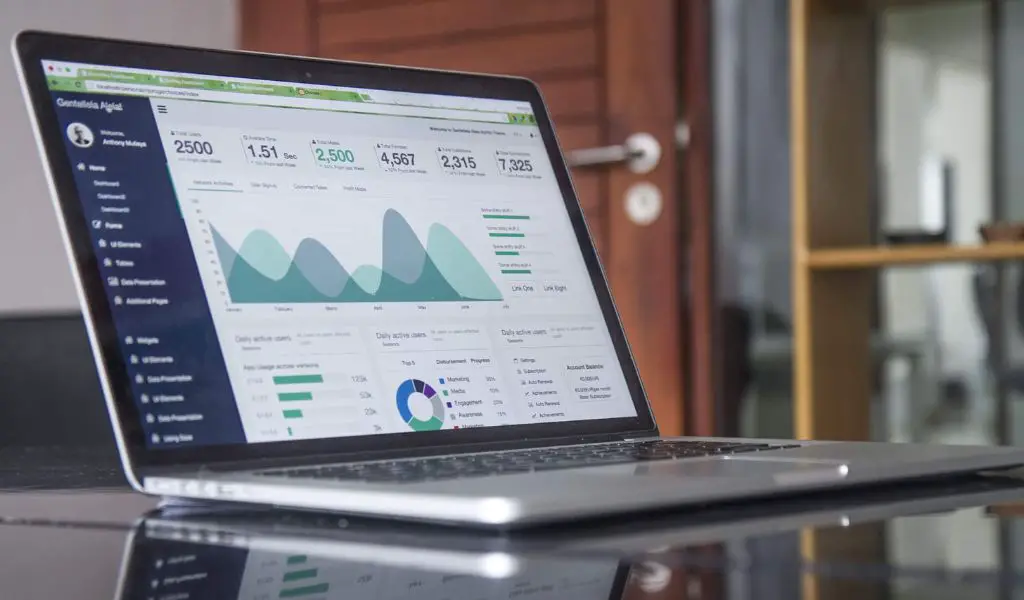Listen to the Podcast:
Poorly hosted and developed sites often have issues like slow loading times, poor organization, browser crashes, and more. That is why in this article we will go over 7 effective strategies to improve the performance of your website.
1. Upgrade your web hosting package
Most people who are new to website building tend to choose basic hosting plans. They’re simple, cheap, and easy to use, and if your website is still small, a basic hosting plan is fine. However, if your website grows and has slow load times, your traffic will suffer.
If this is the case, the best solution is to upgrade your web hosting plan to cloud hosting. This will result in better website performance, better search engine optimization, higher user satisfaction, and the ability to customize and grow your website however you see fit.
2. Make use of a reliable CMS
Your website is an important part of your overall web marketing strategy and your CMS is its lynchpin. By cutting out the middleman, a CMS allows you to easily update and modify the content on your website.
This feature allows you to constantly improve your site, making it more relevant and attractive to your users, and therefore more profitable. WordPress is a reliable CMS that meets all your content management needs. Keep in mind that if you go with WordPress as your CMS, hiring a developer is a worthwhile investment.
3. Use a well-optimized theme
The appearance of your website is just as important as its content, especially when it comes to making a good first impression. Aim for a simple design and limit your use of fonts and colors to a few options that complement well and align with your brand. In this way, you can increase your user experience rating.
User-friendly websites use ample white space to separate content, making it easier for users to navigate the page.
4. The use of images
Images are the centerpiece of every web page, so they must be chosen carefully. Although there are plenty of stock photos available online, using unique images and graphics will help you better establish your brand identity.
Images should not only be unique, but also relevant to the content and of high quality. Blurry images look unprofessional on high-definition displays and can reflect poorly on your brand.
Images, as stated above, can be incorporated into your website optimization strategy. Include relevant keywords in the image file name, use captions below, and write alt text for the image when editing it in HTML.
It is important to note that keyword stuffing is not recommended for images, especially when creating content.
5. Make use of a content delivery network
Content Delivery Networks (CDNs) are especially useful for web-based businesses that serve a global audience. By storing content on multiple servers in different geographic locations, when a user loads a page, a nearby server responds to the request instead of the origin server. This leads to reduced loading times.
6. Activate effect program caching
Program caching reduces website cache time for users, resulting in faster website performance. This is accomplished by cutting the web server heap. That’s why to create high-performance and scalable web and mobile solutions, companies are hiring node js developers.
When you visit a website, your browser typically downloads all content, including static documents like CSS and JS files. When you visit another page on the same site, this process is repeated. With effective program caching, the browser will only download the content of the original web page while serving static files from its cache. This leads to a significant increase in website speed.
7. Avoid Blocking JavaScript Rendering
JavaScript plays a central role in modern web development, enabling powerful features like drawing graphics and animations, implementing Ajax requests, and much more.
However, the use of JavaScript on a website can significantly increase page load times and slow down overall page performance. You should reduce the amount of JavaScript code on a page to improve website performance.
Conclusion
You now have strategies to improve the performance of your website. This is an excellent time to put them into action. The task, however, does not end there. Once you’ve improved your website’s performance, the next step is to update your entire cache to reflect these changes.
Subscribe to our latest newsletter
To read our exclusive content, sign up now. $5/month, $50/year
Categories: Technology
Source: vtt.edu.vn
